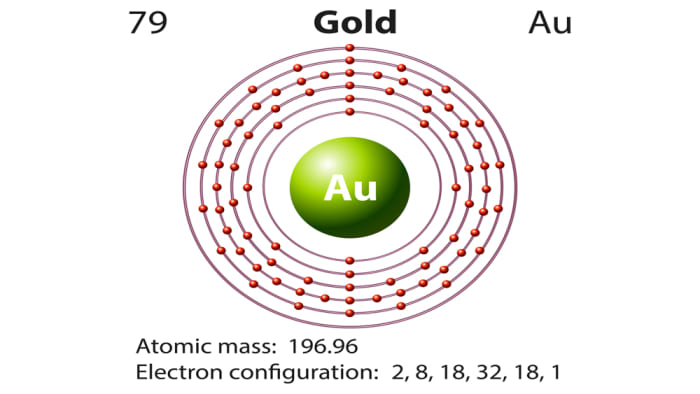Calculating equivalent mass
Defining the equivalent of a substance

The equivalent of a substance, also known as the equivalent quantity of a substance, refers to the quantity of a substance that interacts with one mole of hydrogen ions (in an acid–base reaction) or electrons (in a redox reaction). Equivalent masses are necessary to ensure correct calculations for chemical reactions between substances. Using equivalents, we can obtain a correct value without long reaction formulas, because we only have to know that the chemical substances interact, or that the substance is the product of a chemical reaction.

To start, let’s talk about what an equivalent of a substance is. According to the classical definition, an equivalent of a substance is a conditional or real particle that can be equivalent in any way to a cation of hydrogen in ion exchange and acid-base reactions, or to an electron in redox reactions.
Any substance has several defining characteristics, and its equivalent mass, indicated as M equ, is one of the most important of all. The molar mass of a substance is easy to determine: simply add up the molar masses of the atoms in the substance’s chemical formula.
The molar mass of a substance is just one of several parameters needed to correctly calculate equivalence.
Some guidelines for finding the equivalent of a substance
The formula for determining a substance’s equivalent mass depends on the class of the compound in question. It is easy to find the equivalent mass for oxides, for example: divide the molar mass of the compound by the valence of the non-oxygen element multiplied by its number of atoms. Let’s look at the equivalent mass for gold(III) oxide, with the formula Au₂O₃.

Using simple calculations, we get:
(197x2+16x3)/3x2= 73.7 g/mol.
To calculate the equivalent mass of a base, simply divide the molar mass of the base by the number of hydroxyl groups. Take, for example, calcium hydroxide Ca(OH)₂. A few simple calculations yield an equivalent of 37g/mol.
To find the equivalent of an acid, divide the acid’s molar mass by the number of protons. Here is a simple example using sulfuric acid:
(1x2+32x1+16x4)/2 = 49 g/mol.

Finding the equivalent of a salt is also simple: multiply the number of metal atoms by their oxidation state, then divide its molar mass by the result. Click here to learn about some safe chemical experiments that dive deeper into this question.
Experiments to find the equivalent mass of a substance
This experiment is quite interesting, and can be used to demonstrate how to calculate the equivalent mass of a substance. But it must be performed with extreme caution: before performing any experiment, always read the necessary scientific literature and techniques of conducting experiments.
Warning! Don’t try to conduct this experiment without professional supervision!
You’ll need:
- test tube;
- burette;
- funnel;
- corks;
- tubes;
- calculator;
- the Periodic Table;
- hydrochloric acid;
- zinc plates;
- barometer;
- thermometer;
- gloves;
- chemical respirator;
- protective glasses.
Remember that this solution cannot be prepared at home. Hydrochloric acid is dangerous: it causes severe burns if it comes into contact with the skin. Wear gloves when conducting the experiment. Also use a chemical respirator and protective glasses, as hydrochloric acid fumes are harmful to the respiratory system and eyes.

If any acid accidentally touches the skin, rinse the affected area with running water and use baking soda to neutralize the acid.
This method is based on measuring the volume of hydrogen released as the result of a reaction between a metal and an acid. The equivalent of zinc is determined using a burette connected via tubing to a funnel and a test tube. The apparatus functions as a system of communicating vessels.
Fill the burette with water. Use the pipette to transfer a few milliliters of hydrochloric acid to the bottom of the test tube. Tilt the test tube and insert the piece of zinc, taking care not to let it touch the acid. Adjust the height of the funnel to bring the water level in the burette to “0”. Cork the test tube and knock the zinc into the acid. You will observe a noticeable release of hydrogen gas, which will force some of the water out of the burette. Note the difference in initial and final water levels in the burette to measure how much gas was released. Taking into account the temperature in the laboratory, atmospheric pressure, and the pressure of the water vapor in the burette, you can calculate the equivalent mass of the metal using the correct formula with reasonable accuracy. Incidentally, if you are interested in how water’s temperature can be influenced by dissolving substances in it, you can give this experiment a try.